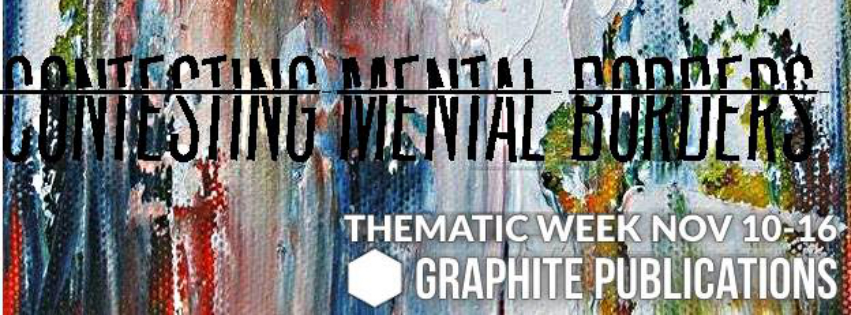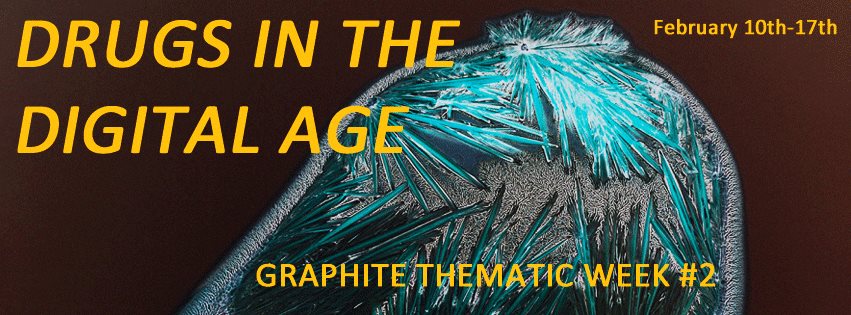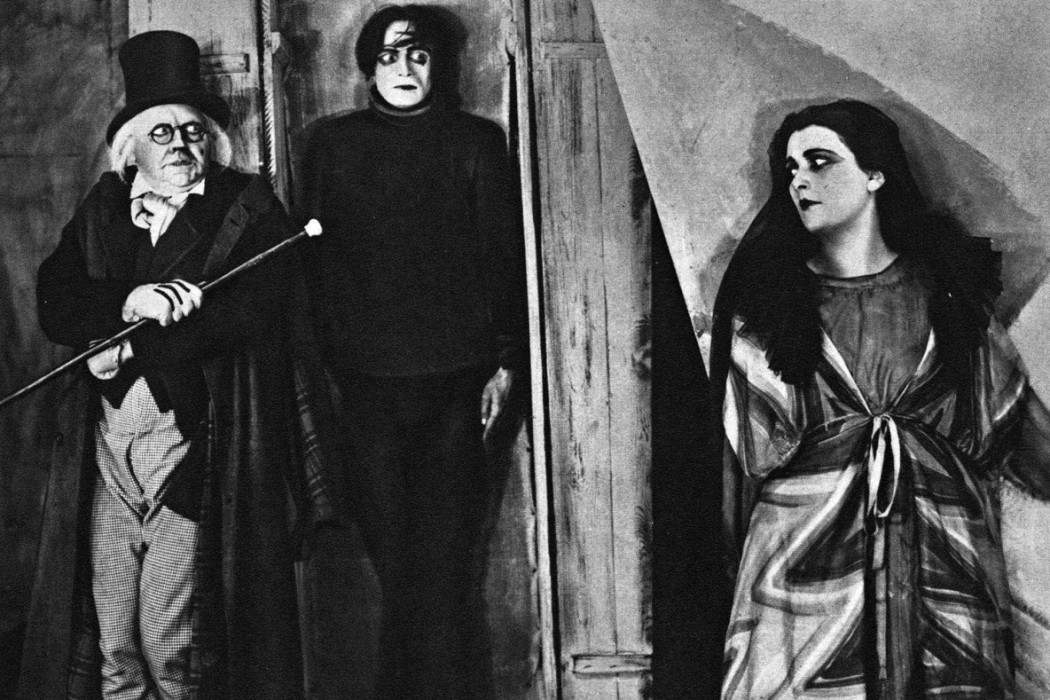I love horror movies. There are no qualms about it in my mind; I think it’s one of the classic staples of the art of film and something that will stay with us for as long as people watch movies. I love the atmosphere, I love the imagery, the stories, and the scares. Whether it’s the slow, creeping terror kind or the edge of your seat scare-blast, I’m almost always in the mood for a great thrill ride. Many audiences are familiar with the modern, high-budget, grand blockbuster horror flick, but not too many are familiar with the rich history of the genre and its roots in the underground. Nearly all the horror movies we see today are bland, unoriginal remakes of old classics that have been dumbed down and modernized for a wider audience appeal. Let’s leave all that at the door for a few minutes and take some time to appreciate horror as it has evolved through the decades. Here are some of my personal favourites, films that I feel were integral to the progression of horror cinema.
The Cabinet of Dr. Caligari by Robert Wiene, 1920
The first historical horror film to leave a lifelong impression on me was the silent-era German film, The Cabinet of Dr. Caligari. The story, while seemingly unoriginal by today’s standards, was a breakthrough for its time, and held one of the first twist endings ever in movie history. It’s easy to see how masters of the unsuspecting, such as Hitchcock, may have been inspired by this film. However, the true quality lies in its style rather than its substance. The movie is presented in the style of German Expressionism, which opts for unrealistic, twisted imagery and a dreamlike atmosphere. In this world, reality and the paranormal blend with one another, creating a scene where nothing is as it seems, and the unexpected comes to life. Viewers can suspend reality for a short while and step into the shadowy, surreal world, where the horrific possibilities are endless. For any horror movie fan, this is key. When nothing in your world is bound to reality, who knows what fiendish monster or devilish plot twist lies around the next corner?
Dracula, Frankenstein, and The Mummy by Universal Studios, 1931-32
Universal Studios is one of the biggest names in film production now, but who’s familiar with its humble beginnings in horror? In the 30s, Universal Studios was known for bringing sound to the world of horror film. The three breakout films, Dracula, Frankenstein, and The Mummy were instant classics and made stars out of their leading actors, Boris Karloff and Bela Lugosi. They gave us the iconic images and faces that we associate with their characters, transforming the classic novels into masterpieces of film. Characters and images that existed only in text were now complete on the silver screen and fleshed out in full costume. Universal Studios would go on to produce many more horror films in sound, enriching film history with some of its most iconic monsters and horror tropes. Despite being over 80 years old, these films are still horror staples that hit all the right notes for me and many other fans of the genre.
The Wolf Man by George Waggner, 1941
The Wolf Man, produced by Universal Studios, was a continuation of the success from its iconic films of the 30s. The film brought another classic monster of myth, the werewolf, to the big screen. Lon Chaney, Jr., credited as the wolf man himself, is memorable mostly for his make-up and special effects work. Chaney took almost six hours prior to filming each day to transform himself into the fearsome beast, creating an immaculate mask of the creature that’s remembered to this day. The transformation sequences of the werewolf were created with careful editing and several applications of make-up and prosthetics to depict the process from man to beast. The film set was also meticulously crafted, with shadows and fog—intensifying the eerie atmosphere. The Wolf Man was a landmark achievement in make-up and set design in horror films, and another treasure of the Universal Studios classics.
Godzilla by Ishiro Honda, 1952
Horror films from every decade reflect what people of their generation’s biggest fears were. In the wake of World War 2, people had new things to be scared about. Japan in particular witnessed firsthand the horrific death and destruction of nuclear warfare. Godzilla is a monster born of those fears. The movie started the Japanese trend of kaiju, or movies featuring giant monsters and large scale destruction. It was one of the first foreign horror movies to gain international fame, and Godzilla is a monster that nearly everyone has heard of. The film created a huge impact that’s still seen to this day, and similar Hollywood blockbusters such as Cloverfield and Pacific Rim all pay tribute to it. The movie started the Toho Company’s success with several follow up kaiju, such as Mothra and Rodan. While this extended franchise is mostly unknown to Western audiences, it has a niche following and cult status worldwide. The popularity of Godzilla seems to refresh every few years, and an upcoming Hollywood remake lies in wait for longtime fans and fresh audiences alike.
Psycho by Alfred Hitchcock, 1960
Psycho is one of the most well-known titles in the horror genre, and for good reason. This cerebral thriller is credited as singlehandedly inspiring the slasher genre of horror movies. A slasher movie is any horror movie that follows a killer and his/her body count. The film starts by creeping along at a slow and uneasy pace before it reaches a frantic climax that grips the viewer. The shower stabbing scene appeared so suddenly and is arguably one of film’s most memorable scenes. It was so shocking and brutal for its time that many people were unable to finish the film. Alfred Hitchcock’s unique directorial and writing style shines throughout the film, and the twist ending is one of film’s most unexpected story twists of all time.
Dawn of the Dead by George Romero, 1978
George Romero is credited with jumpstarting the zombie subgenre. His first movie, Night of the Living Dead, set all the tropes for zombie movies. Dawn of the Dead upped the scale of the previous installment in the series with more action, more gore, and a bigger set. The movie follows a group of survivors who take refuge in a shopping mall to try to survive the zombie epidemic. It sounds cliché for a modern horror movie, but it was the first of its kind in 1978. As is the case with many of Romero’s films, the story is simply a backdrop to examine how the characters change and react to one another in their dire position. Romero also loves to inject a healthy dose of social commentary into his movies. Many viewers saw the zombies shambling around a shopping mall as a metaphor for the consumer culture of industrial USA, which is the type of subliminal satire common to several of Romero’s films. The movie itself hits all the right notes, from lighthearted comedic moments to nail-biting jumpers to tragic deaths. The movie is incredibly gory and bloody in a non-serious, over the top way, and perfectly reflects the mood, music, and culture 70s film in general.
Aliens by James Cameron, 1986
Ridley Scott’s Alien was a familiar story with a fresh twist. The silence and isolation of deep space provided the perfect setting for a slasher flick, and its beastly extraterrestrial killer was capable of inciting much more fear than any human killer. James Cameron’s sequel, Aliens, is the sequel to Scott’s classic, and many believe it’s even better than the first film. Aliens set itself aside as being one of the first big-budget horror films. Until films like Jaws and Aliens, horror was still very much a niche genre with low production value. Many will recognize the scale and impact of Cameron’s later works like Titanic and Avatar, so it’s not hard to imagine how Aliens affected the horror genre. This wasn’t just horror, but the first in a series that would soon be known for action-horror. While Alien focused on the terror of a single creature stalking and killing its victims stealthily, Aliens threw a whole army of them at the audience. The spectacle was grand, the budget was high, and so were the profits. Horror had exploded into the mainstream.
Scream by Wes Craven, 1996
The 90s saw a decline in favorability of the old, atmospheric style of classic horror. After the 80s, movies featuring large scale mayhem were more of the norm for the horror genre. Wes Craven’s Scream brought the slasher genre back, featuring teens running from a masked stalker and killer just as they had in the films of the 70s. Wes Craven was known for the Nightmare on Elm Street horror franchise which saw a lot of success in the 80s. The same dry humor that made the series successful also crept into Scream, which came off as a satire of horror and all its clichés, but also paid tribute to the classics. Scream is a reminder to fans of horror, allowing them to reconnect with everything they loved about classic slashers. Its tongue-in-cheek self-referencing humor bears Wes Craven’s signature style, and the movie launched a successful franchise and inspired a new wave of slasher horror films.
The Devil’s Rejects by Rob Zombie, 2003
Horror film in the 21st century took a different turn. Films like Saw and Hostel were the first in what would be a decade of bloody, gory, violent films that aimed to shock the audience rather than complete a story. Originality in horror was scarce. Many recognize Rob Zombie’s work as a musician, but only a few are aware of his filmography. The Devil’s Rejects is a sequel to his cult classic House of 1000 Corpses, but is written and directed very differently. While we’re all used to seeing things from the victims’ point of view as they escape faceless killers, The Devil’s Rejects follows the band of killers instead. As they run from the police and inflict brutal torture on countless forgettable victims, the gruesome group comes into their own as fully fleshed out characters with complete personalities. The officers of the law themselves are no heroes; they do whatever it takes to track down the protagonists. The lines between the typical “good” and “bad” become blurred, and suddenly you’ll find yourself rooting for the killers, despite how loathsome they are. Rob Zombie manages to pull off a fantastic feat of storytelling, and the music choices are strange, but fitting (I guarantee you’ll never listen to “Free Bird” the same way again). Not for the weak-hearted, The Devil’s Rejects is a truly sickening yet fascinating film, and one of the most creative horror pieces of the 2000s.
WRITTEN BY ABI SATYAJIT







